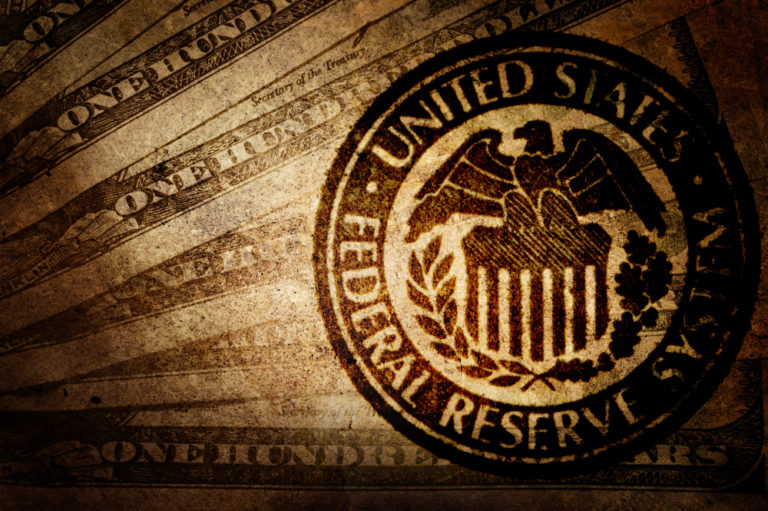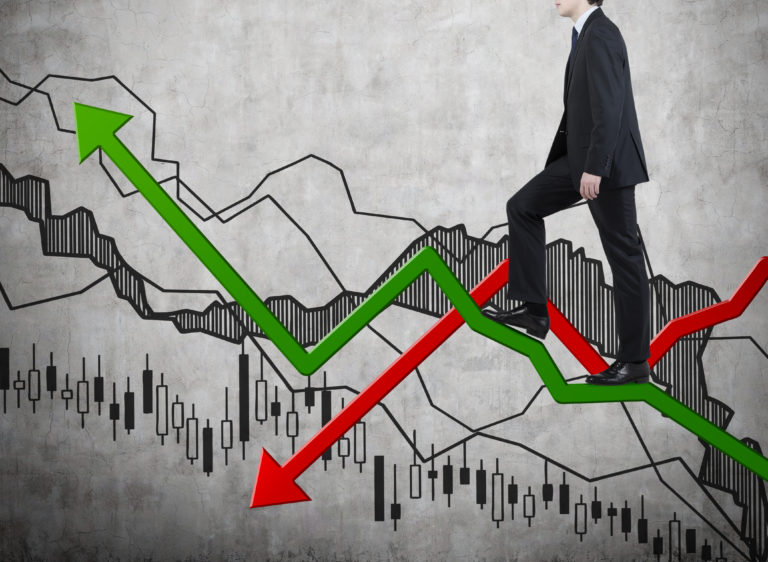Last week, the United States celebrated the 80th anniversary of the ratification of the Social Security Act, the law that created one of the most important government programs in our country today.
The Act was a direct response to the economic disaster of the Great Depression. Unemployment surpassed 25%, forcing most families to spend their way through any savings they may have accumulated toward retirement. As a result, President Franklin Roosevelt signed the Social Security Act as a means of giving “some measure of protection to the average citizen and to his family against the loss of a job and against poverty-ridden old age.”
Social Security was—and still is today—funded through payroll deductions and employer contributions, and was to be paid out to the primary worker when he or she reached age 65 (amendments to the law have since lowered the qualifying age to 62, and allowed for numerous beneficiaries.)
Taxes towards Social Security were first collected in 1937, with monthly benefits ultimately beginning in the year 1940.
While the system remains a critical piece of the American retirement landscape, over the years numerous changes have rendered Social Security a highly controversial issue—and today, it’s a hot-button issue for the 2016 presidential election. Here are a few changes that have occurred, and how they impact people in or near retirement today and in the future:
Duration of benefits. In the year 1940, the average life expectancy in the United States was 63 years. At the time, there were only nine million Americans age 65 or over, and only 220,000 people signed up to receive benefits.
Today, both numbers have increased drastically. The average American can expect to live to the age of 79, while approximately 60 million Americans receive some level of benefits from the Social Security program. This is due to not only a high numbers of retirees, but program expansions that offer benefits to spouses and widows.
Diminished workforce. As recently as 1960, for every person receiving Social Security benefits there were at least five people actively employed in the workforce. But numerous factors dropped that ratio to 3:1 by 2009. Today, there are approximately 168 million people paying into Social Security, compared to 60 million receiving benefits—the lowest ratio in the history of the program.
Trust fund depletion. The term ‘trust fund’ is a bit of a misnomer, as today’s workers pay for today’s retirees in the Social Security program. The concern is that if the current trend toward a smaller workforce continues, a growing number of people in retirement will lead to a depletion of assets in the program.
As it currently stands, the program is projected by the Center for Retirement Research at Boston College to be solvent through 2034. Without Congress’ intervention, at that point benefits will be compromised to some degree. Current projections hold that benefits may be slashed by as much as 25%.
The Social Security program has served American retirees and their loved ones well for the past 80 years. But it’s clear that a changing workplace and retirement backdrop will require serious changes if the program is to continuing serving future generations through their recess years.
Statistics from Social Security Administration, U.S. Census Bureau.



















